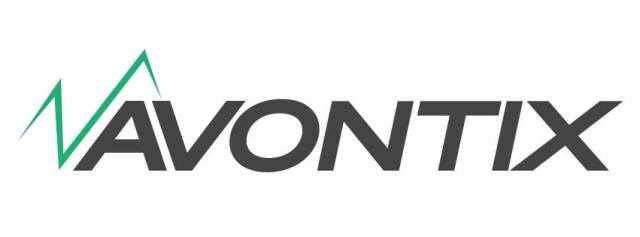Did you know that Insurers reject nearly
26% of all claims and up to 40% of those claims are never resubmitted? This means
every physician can lose up to 10% revenue. Introduction of Revenue Cycle
Management Systems can increase payments and decrease the bad debt write-offs.
Let us see what RCM is and why it should be
implemented:
Revenue cycle management, as the name suggests, is a financial process, that’s
utilizes medical billing software, used by healthcare facilities to track patient care cycles starting
from registration, appointment scheduling to the final payment after the
consultation.
RCM integrates
the financial and clinical aspects of healthcare industry by consolidating the
administrative data, like a name of the patient, details of the insurance provider and
other personal information, plus the details of the treatment received by the patient
and his/her healthcare data.
The
key feature of RCM is interacting and communicating with the insurance companies.
The process begins right when a patient calls and schedules an appointment; the
physician's staff then immediately checks the patient's insurance coverage
before his/her visit. Once the insured patient receives the treatment for a
given ailment that he visited for and pays the applicable sum, the coder classifies
the nature of the treatment based on ICD-10 codes. The hospital facility then sends the treatment summary with
ICD codes to the patient's insurance company to check what portion of the treatment
will be covered by insurance policy, so that the patient can be billed for the
remainder sum (if any).
A Typical Revenue Cycle:
The revenue cycle includes administrative
and clinical functions which contribute to capture, manage and collect patient treatment
dues.
Here is what's involved in the revenue
cycle:
·
Charge capture: Translation of medical
services into billable amounts.
·
Claim submission: Submission of claims of the
billable charges to insurance companies.
·
Coding: Accurately coding diagnoses and treatment
procedures.
·
Patient collections: Arriving and
accurately determining the balances payable by the patient and collecting the
same.
·
Pre-registration: Collecting complete
information of insurance coverage, before a patient arrives for the relevant
treatments.
·
Registration: Collecting the remaining
patient information at the time of registration to initiate the medical record so
as to meet all the administrative requirements.
·
Remittance processing: Applying or
rejecting the due payments through the process of Remittance.
·
Third-party follow-up: Collecting the payments
due from third-party insurance companies.
Problems with the Exiting Practice:
– Staff has not been properly trained or educated:
One person’s incorrect job will
affect the entire chain. Coding errors, incorrect data entry or a simple
lack of understanding on how their work affects the revenue can result in some costly
mistakes.
– Lack of communication between staff:
Not everyone in the office
understands their role in the revenue cycle. Therefore, any hampered communication
between physicians and office managers will prove expensive. They must remain
open and conduct regular meetings to review the financial reports.
– Poor workflow:
Does it take long for your staff to follow
up on claims? Do they take patient eligibility details before the patient arrives?
Please be informed that without a channelized workflow, you may end up missing a
few most important and crucial things.
Benefits of Revenue cycle Management:
An effective RCM system can considerably lower
the time lag between service and payment of receipt by combining with other systems -- such as EHR (electronic health record) and
medical billing systems -- as and when patients move through the treatment
process.
RCM can also save considerable time
of the healthcare organization by employing automation in areas that were
earlier handled manually by the employees including administrative functions such
as informing the patients about upcoming appointments, reminding about payments
dues and co-coordinating with insurance companies when a certain claim is rejected.

Comments